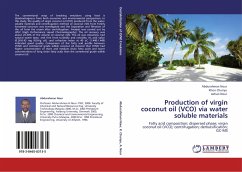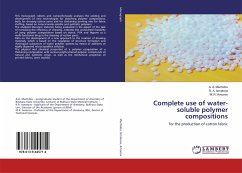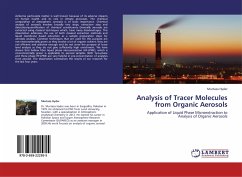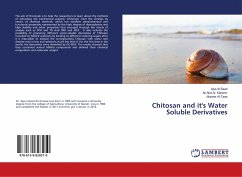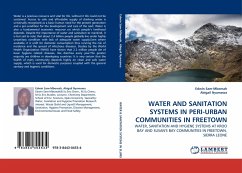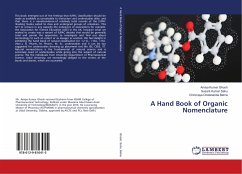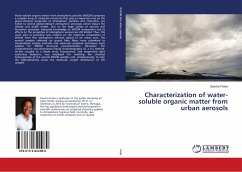
Characterization of water-soluble organic matter from urban aerosols
Versandkostenfrei!
Versandfertig in 6-10 Tagen
43,99 €
inkl. MwSt.

PAYBACK Punkte
22 °P sammeln!
Water-soluble organic matter from atmospheric particles (WSOM) comprises a complex array of molecular structures that play an important role on the physic-chemical properties of atmospheric particles and, therefore, are linked to several global-relevant atmospheric processes which impact the climate and public health. Due to the large variety of sources and formation processes, adequate knowledge on WSOM composition and its effects on the properties of atmospheric aerosol are still limited. Thus, this work aims at providing new insights on the molecular composition of WSOM from fine atmospheri...
Water-soluble organic matter from atmospheric particles (WSOM) comprises a complex array of molecular structures that play an important role on the physic-chemical properties of atmospheric particles and, therefore, are linked to several global-relevant atmospheric processes which impact the climate and public health. Due to the large variety of sources and formation processes, adequate knowledge on WSOM composition and its effects on the properties of atmospheric aerosol are still limited. Thus, this work aims at providing new insights on the molecular composition of WSOM from fine atmospheric aerosols typical of an urban area. The aerosol samples collected on quartz fibre filters were submitted to standardized analysis methods and advanced analytical techniques were applied for WSOM structural characterization. Moreover, the comprehensive two-dimensional liquid chromatography (LC x LC) method, on-line coupled to a diode array, fluorescence, and evaporative light scattering detectors, was employed for resolving the chemical heterogeneity of the aerosol WSOM samples and, simultaneously, to map the hydrophobicity versus the molecular weight distribution of the samples.



